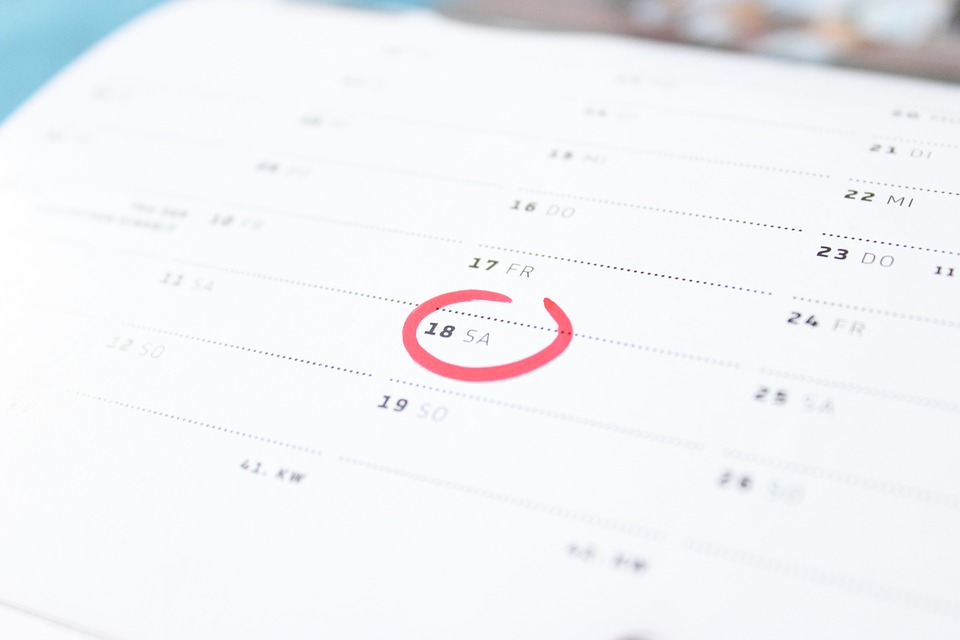“Oh no! There is almost no time left and I haven’t even started working on the dissertation. What do I do now?” If you don’t want to say those words ever in your life, you need to get involved in the preparation process as soon as you can. Writing a dissertation is nothing like crafting a research paper for your class. It has a lot of sections and you’ll have to work very hard on each of them. So, planning everything ahead is the only way to distribute the time properly and avoid panic attacks because of the lack of it. The great way to do that is to create a dissertation timeline.

The timeline has two main functions. Firstly, it helps you stay organized and not to miss an important step. Secondly, it brings you the sense of satisfaction. Every time you tick the point you’ve managed to cope with you feel motivated and see the actual progress. It’s easy to get lost in the process and acquire the feeling that you do so a lot of things and seems to always be much more of them left to do. It can be rather discouraging. So, what stages do you have to include in the timeline? It’s your choice, of course. Here’s a sample that can help you. But the more specific you are with listing the steps you need to take, the more chances you have not to miss anything.
Step1. Preparation
Before you can get to the actual writing process, you need to make some prior steps. The first one of them is finding out where the library is (if you still haven’t). You’ll need to spend there a lot of time so it can be a nice idea to get acquainted with the librarian as well. As you start visiting this wonderful place, look for the literature on your topic. What issues are discussed there? Studying the topic in more details you’ll find some of the possible options for your dissertation topic. You can then discuss them with your dissertation director and choose the most feasible one.
Step2. Proposal
Learn about all the requirements and make a list of things you need to do. Discuss the points you are not sure about with your advisor to avoid making mistakes. Make an outline of the future proposal and stick to it. After you’ve developed the framework and finished writing the proposal, give it to the committee. If there are no major issues with it, you’ll get to the next step – oral defense.
Step3. Research
Ask your advisor to help you with the schedule for research and start conducting it. Some people get frustrated when they get unexpected results of the experiments during the research phase. You should not do this. Every outcome has a meaning and your task is to interpret it logically and adjust your conclusions according to it.
Step4. Writing and Defending
This is a huge final step. As always, start with an outline and make sure to include every significant point of your research. Your committee would have to see its draft and give you feedback. The oral defense is something students are afraid of the most. The secret to success is preparation. Practice as much as you need and don’t get nervous.

